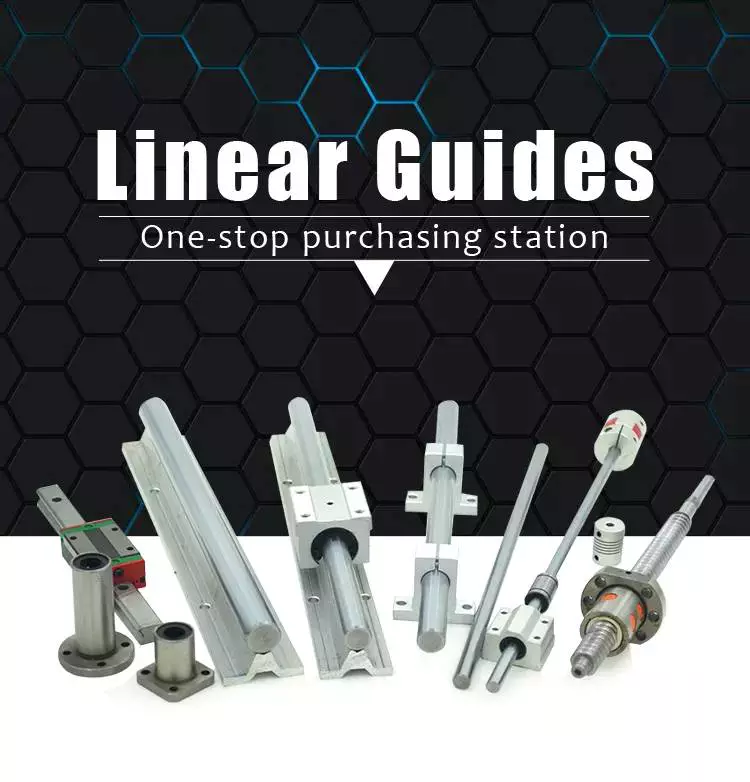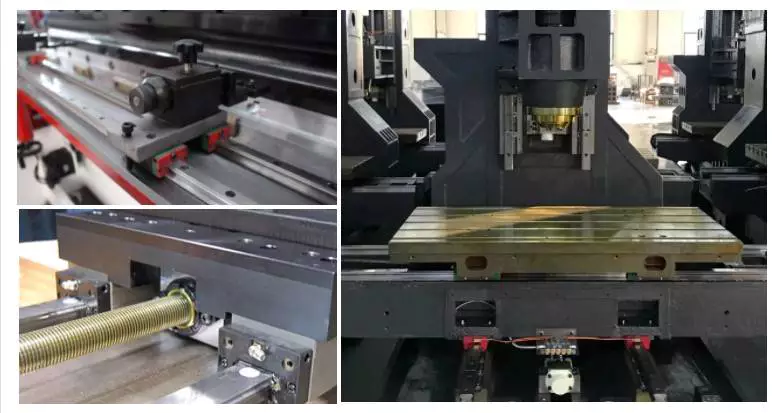Condition: New
Range of Spindle Speed(r.p.m): 1 – 24000 rpm
Positioning Accuracy (mm): 0.03 mm
Number of Axes: 3
No. of Spindles: Single
Working Table Size(mm): 1300*2500
Machine Type: CNC Router
Travel (X Axis)(mm): 1300 mm
Travel (Y Axis)(mm): 2500 mm
Repeatability (X/Y/Z) (mm): 0.01 mm
Spindle Motor Power(kW): 3.0kw
CNC or Not: CNC
Voltage: 220V/380V
Dimension(L*W*H): 3690*1660*1560
Weight (KG): 1400
Control System Brand: NC Studio, Siemens, Syntec, Mach3, DSP, RichAuto
Warranty: 3 years
Key Selling Points: Multifunctional
Applicable Industries: Hotels, Garment Shops, Building Material Shops, Machinery Repair Shops, Manufacturing Plant, Food & Beverage Factory, Farms, Restaurant, Home Use, Retail, Food Shop, Printing Shops, Construction works , Energy & Mining, Food & Beverage Shops, Advertising Company, Other
Machinery Test Report: Provided
Video outgoing-inspection: Provided
Warranty of core components: 1.5 years
Core Components: spindle
Product name: 1325 wood Machine
Working area: 1300x2500mm
Application: Wood Acrylic PVC Engraving Cutting
Spindle: 3.0kw Water Cooling Spindle
Control system: NCStuido control system
Xihu (West Lake) Dis. rail: CZPT Square Linear Xihu (West Lake) Dis. Rail
Transmission: ZheJiang TBI Ball Screw
Inverter: HangZhou ET invert
Table Surface: Aluminum T-slot Table wit PVC
Software: Ucancam / ArtCam/TYPE3
Packaging Details: One plywood case with water-proof materials; Mini tractor hp 4 wheel drive 4wd farming agriculture compact diesel farm tractores agricolas tractor
Port: HangZhou
Artcam 3D wood diy cnc router machine/woodworking cnc router /1325 cnc router with 4×8 cnc router table for woodworking 1325 wood CNC router1.High accuracy, long service time, steady movement 2. Adopt ZheJiang intime imported linear guide rail, make sure the machine square the accuracy and can withstand large load3. Mechanical and electrical design, selection of straight-a excellent brand electrical accessories,will failure rate to a minimum.4.Breakpoint power function for carving 5. Auto lubricating system, 1 touch can finish periodic maintenance easily. 6. Intelligent protection work to prevent incorrect operation etc mesa, may cause the damage of mesa. Intelligent processing 7. Cross-border protection, prevent to design board face more than processing wide of the mechanical collision caused phenomenon Specification
| Model | LT-1325 |
| Effective working area | 1300*2500*200 mm |
| Table style | Aluminum t-slot table with PVC |
| Xihu (West Lake) Dis. rail | Hiwin square linear guide rail |
| Driving method | X,Y axis by helical gear rack, Z axis by TBI ball screw |
| Spindle | 3.0KW water cooling spindle |
| Invert | HangZhou ET invert |
| Collet size | ER20 |
| Spindle speed | 0-24000гр |
| Motors and drivers | Stepper motor 450B and CZPT drivers MA860C |
| Control system | NCStuido control system |
| Working Accuracy | <0.05/300mm |
| Working speed | <7000mm/min |
| Traveling speed | 0-7000mm/min |
| Instruction format | G code * u00 * mmg * plt |
| Working voltage | AC220V, Single Phase, 50-60Hz |
| Standard Software | Artcam 2571 |
| Compatible software | Type3/Castmate/Coreldraw/AutoCAD or other CAM/CAD software |
| Others | Tool Sensor; Oiling system; Water pump; Tool Box,English manuals etc. |
| Optional parts | 1,Rotary axis for engraving round wood:price depends on its diameter 80mm(US$300)/100mm(US$380)/150mm(US$430)2,Dust collector:Telephone : Email : [email protected]
Sliding Contact Guide on Linear RailWhether it is a dovetail, sliding contact guide, sleeve-bearing slide, or box way rails, we’re going to look at some of the options available to you. You’ll learn about what they do, how they can help you, and how they can improve your work. Dovetail railsSeveral varieties of dovetail rails are available in the market. Among them are the standard boxway rails and a more specialized variant. These rails are known for their sleek and sturdy appearance and can handle even heavier loads than their counterparts. Sleeve-bearing slidesDepending on the application, there are different types of linear rail slides. The most common is the ball bearing slide, which uses two linear rows of ball bearings to move a carriage. The design offers smooth motion in a single direction. Sliding contact guidesChoosing a sliding contact guide on linear rail can be tricky. With a variety of options available, it’s important to understand the differences between them and the advantages they provide. Box way railsUnlike the conventional linear guideways which consist of a thin film of lubricating oil between them, the box way rails run under sliding friction. The box way systems are made of a tough material, such as steel. They are capable of handling heavier loads than the dovetail rails. They are also better at absorbing shock loads. However, their service life is shorter than that of linear rails. The linear guideway VMCs are often two or three times faster than the boxy counterparts. |




